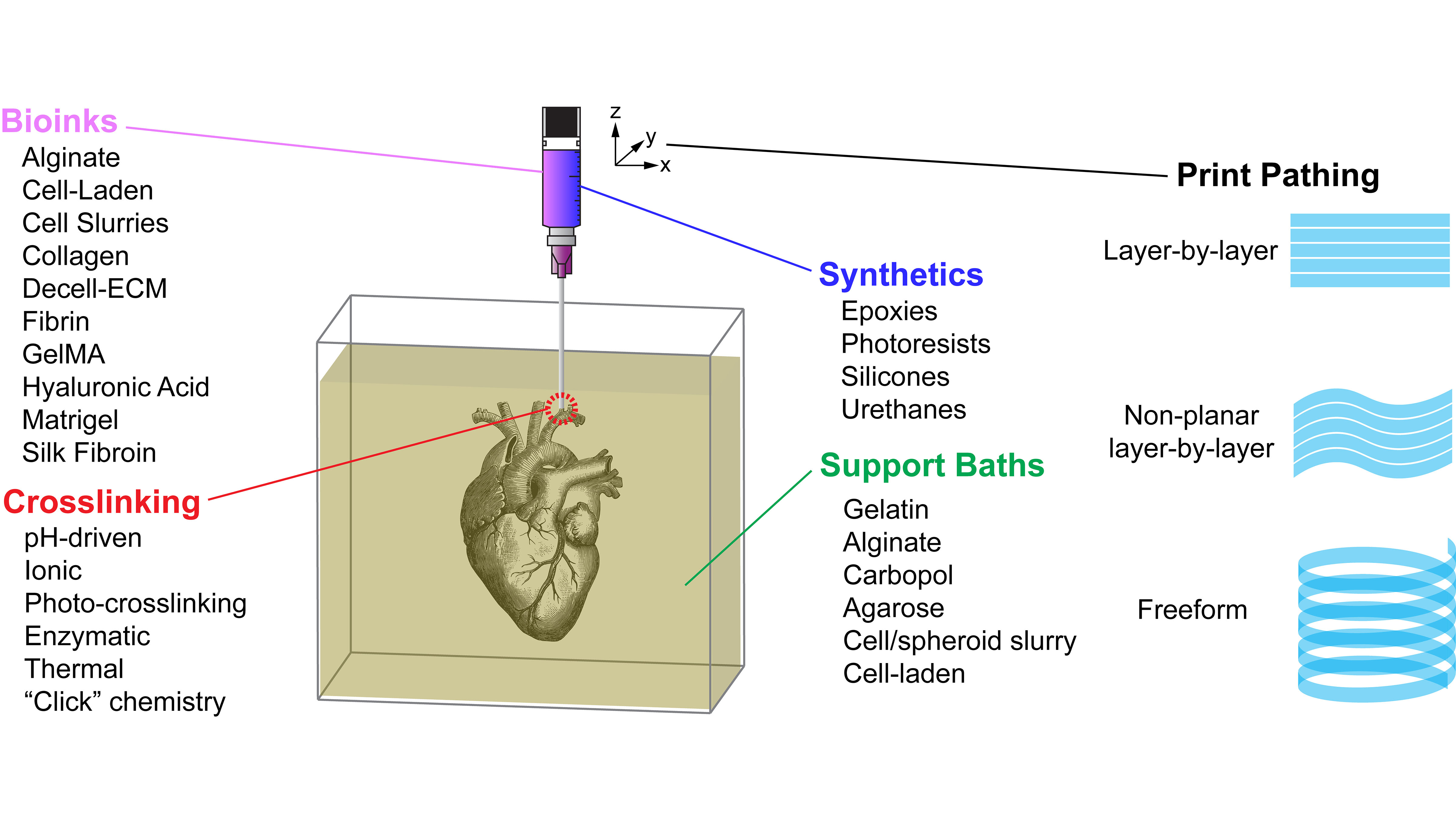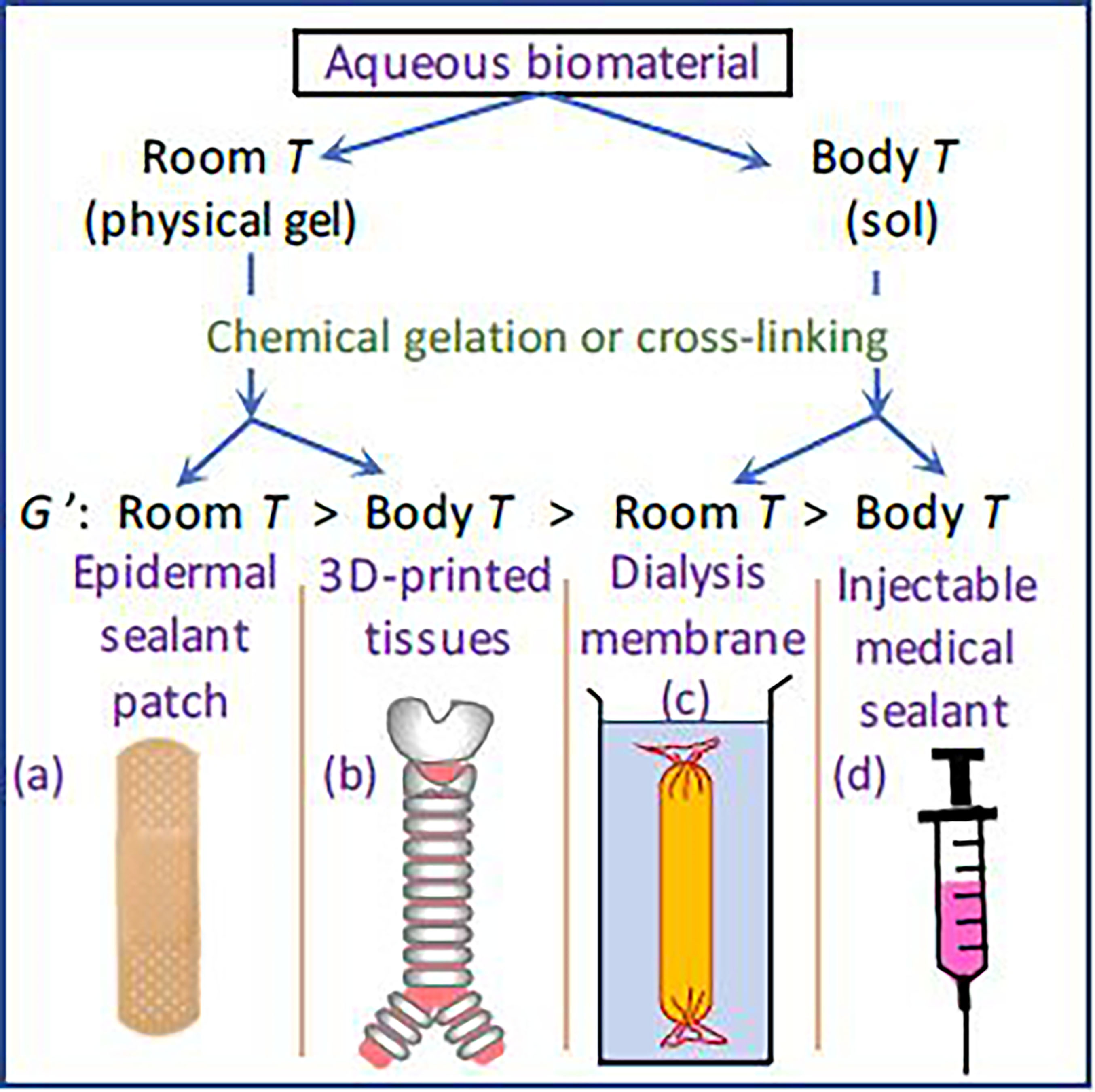Research into 3D bioprinting has grown rapidly in recent years as scientists seek to re-create the structure and function of complex biological systems from human tissues to entire organs. In APL Bioengineering, researchers from Carnegie Mellon University provide perspective on the Freefrom Reversible Embedding of Suspended Hydrogels 3D bioprinting approach, which solves the issue of gravity and distortion by printing within a yield-stress support bath that holds the bioinks in place until they are cured.

